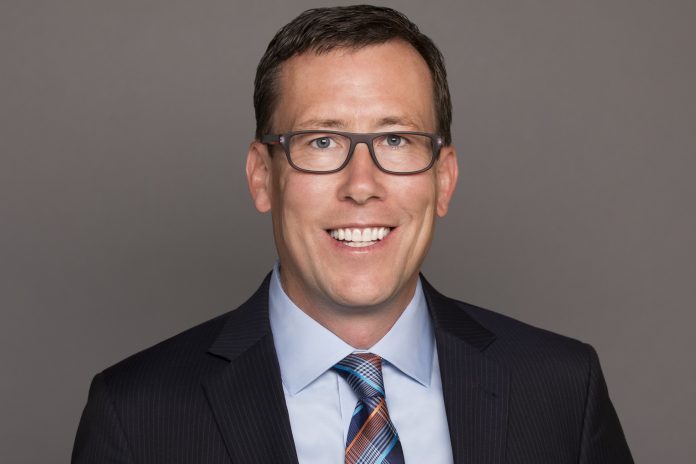
Chad Sorensen, who in June became chief operating officer for the hotel asset management and owner advisory firm CHMWarnick, recently spoke to LODGING about what it takes to manage assets—especially during changing times. He weighed in on his plans for the company, his view of the industry environment, and described the combination of science and heart he says enables his firm to ensure clients are optimizing the value of their assets.
Now that you’re COO, what are some of your goals for the rest of 2019?
I have two main goals—both of which will leverage my industry experience and leadership skills. We’ve grown exponentially over the last few years, but the industry is changing, so managing the expected deceleration and headwinds is likely to prove challenging. We will, therefore, redouble our efforts to offer clients the very best service in this environment, but I also plan to take the core team to the next level—something that will be easier now that I’ve relocated to Boston and am able to be in closer contact with them.
What aspects of your previous experience do you think will be most useful in your new position?
I’ve been doing advisory and asset management work in this industry—much of it in a leadership capacity—for over 20 years, so I understand what clients expect and deserve and how to help them maximize the value of their property. But I’m also very plugged into the industry and the people who serve it now and may in the future. I’ve served as the chairman of the International Society of Hotel Consultants and have been very involved with the Hospitality Asset Managers Association (HAMA)—especially with the marketing and finance committee, and also an instructor at Michigan State University. This background makes me poised to help get everyone, especially the younger team members, on the same path as the company as they continue to grow.
What is your own take on the changes that are expected to occur in the industry?
It’s been a long cycle of everyone going full steam ahead, but it now appears that things are slowing down. Yet I believe hitting the pause button for a while is not necessarily a bad thing. It may give us a chance to catch our breath, and deal with challenges such as the scarcity of talent sorely felt during the expansion, before forging ahead again.
I do want to stress that many areas of the industry are still plugging away, which is really interesting. It’s typically not what you’d expect as you come towards the end of the cycle, although there’s no doubt there will be more change within the next 12 to 24 months. We’re already seeing fewer high-level ventures, but capital markets are favorable; there’s still money in the market, transactions continue to be conducted, and development is still going on.
What special advantages does your company bring clients?
We are known for our senior-level involvement with all of our clients, which is core to who we are. All of our employees are full employees; there are no subcontractors. We have seven certified hotel asset managers (CHAMs) at the firm, the most of any organization in the industry; several have 20 or more years in the industry, like me. We’re in all different regions of the country, and also have representatives from our firm on the majority of the major brand advisory committees and on the board of directors for the key organizations. We truly have somebody with their finger on the pulse of all different areas in the industry, and have the bench strength we need for success at all levels on the organization.
In addition to the emphasis we place on our human resources, we’ve invested in the technology platform we need to take our firm to the next level and provide the kind of service our clients expect.
What does it take to be a good asset manager in the current environment?
Our goal is to help our clients get the most out of their assets, but asset management is not something that is clear cut. It’s part heart and part science, and it’s always evolving. To be good asset managers, we need to know our clients, know where we are in the cycle, and be ready to pivot as things change. Few truly understand everything it takes to be good asset managers, but we think we’re on the front of that, using technology to look 18, 24, 36 months down the road so we can provide the best possible guidance for our clients, being strategic, not only reacting but also always being proactive.











